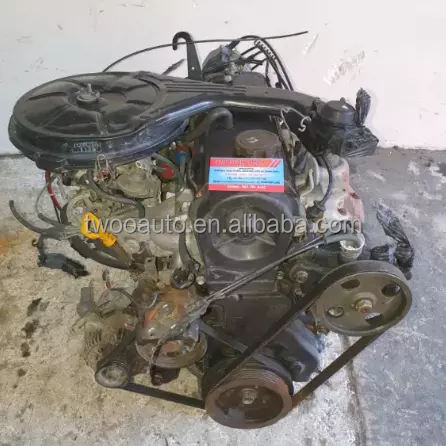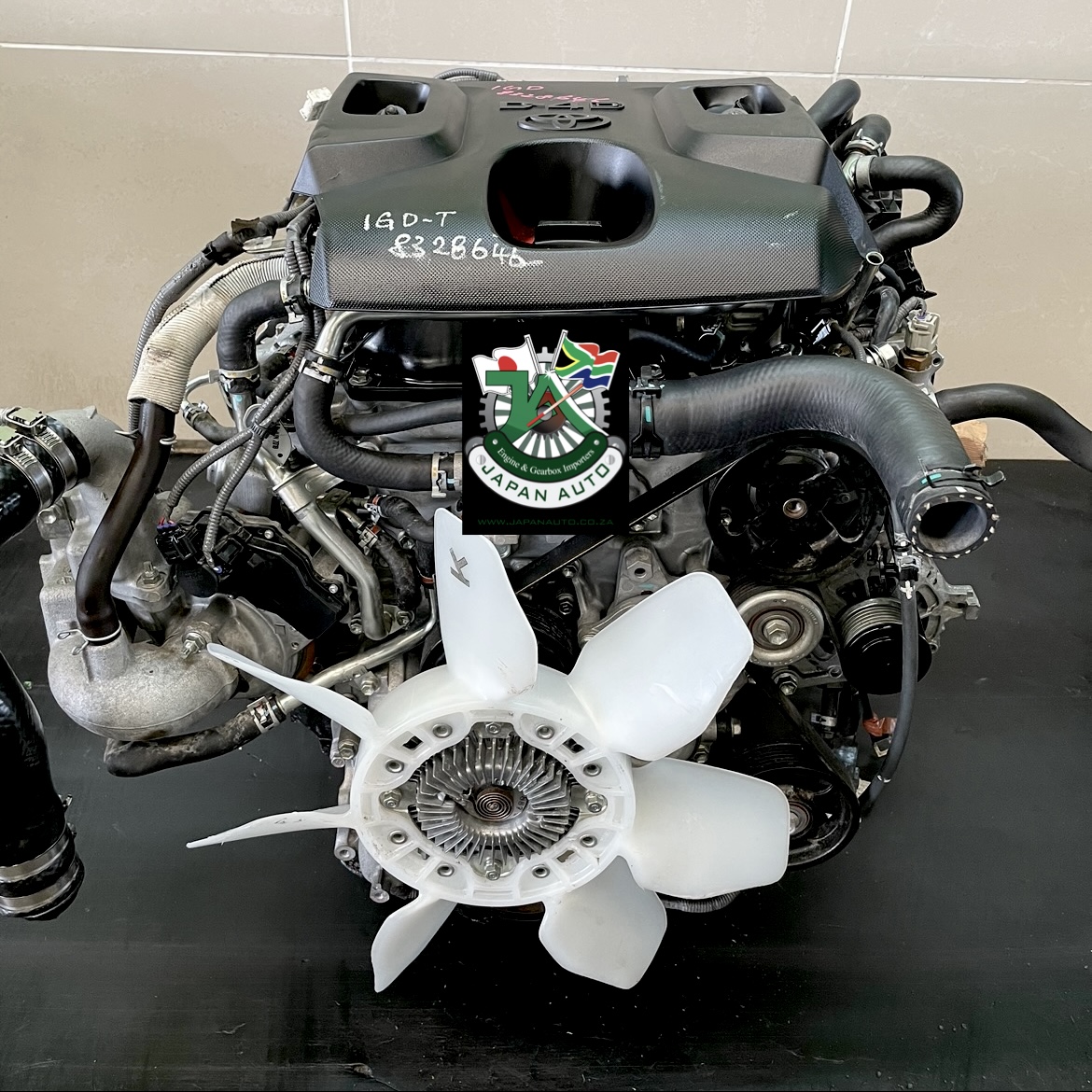Discover the Features and Benefits of the Toyota Tazz for First-Time Buyers
Discover the Features and Benefits of the Toyota Tazz for First-Time Buyers
Blog Article
Check Out the Most Recent Trends in Engine Modern Technology Via Tazz
In the swiftly advancing landscape of auto modern technology, Tazz stands at the center, highlighting considerable improvements in engine systems that prioritize both advancement and sustainability. From crossbreed engines that enhance fuel performance to the appearance of hydrogen gas cells, the trends forming modern-day powertrains are not only improving performance but additionally attending to vital environmental obstacles.
Crossbreed Engine Innovations
Hybrid engine technologies represent a crucial shift in automotive modern technology, integrating the benefits of inner combustion engines with electrical propulsion systems. This combination not only enhances gas effectiveness yet likewise reduces exhausts, meeting significantly strict ecological laws. By using both power sources, hybrid engines can maximize performance, supplying power when needed while preserving fuel throughout less requiring driving problems.
Current improvements in crossbreed innovation consist of improvements in battery effectiveness and regenerative braking systems. These technologies enable for better energy healing throughout deceleration, which can be redirected to aid in acceleration or power auxiliary systems. Additionally, suppliers are concentrating on portable designs and lightweight materials to make best use of the effectiveness of crossbreed powertrains.
The development of plug-in hybrids has actually additionally increased the marketplace, enabling motorists to bill their vehicles using standard electric outlets. This attribute often permits significant all-electric range, additional lowering dependancy on typical gas. tazz. As the auto sector proceeds to advance, hybrid engine modern technologies are anticipated to play a critical duty in linking the void in between standard lorries and totally electrical designs, supplying a transitional remedy that satisfies varied customer requirements and preferences
Advancements in Electric Powertrains
The automobile landscape is rapidly evolving, with electrical powertrains arising as a leading pressure in lasting transport. Developments in electrical vehicle (EV) technology are substantially enhancing performance, performance, and user experience. Key technologies consist of improvements in battery chemistry, which have actually increased power density, reduced billing times, and extended total battery life.
Solid-state batteries, as an example, promise to reinvent the market by providing better security and performance compared to traditional lithium-ion cells. In addition, developments in regenerative stopping systems are allowing vehicles to recuperate energy throughout deceleration, adding to overall effectiveness.
In addition to battery technology, electric motor designs are coming to be a lot more innovative. Advancements such as integrated electric motors and advanced thermal administration systems are assisting to optimize power delivery and minimize weight, ultimately improving vehicle dynamics.

Collectively, these advances underscore the commitment to change in the direction of cleaner, extra efficient transport remedies, placing electric powertrains at the forefront of automotive advancement.
The Surge of Hydrogen Fuel Cells
Increasingly, hydrogen fuel cells are gaining grip as a feasible option to conventional interior combustion engines and battery electrical vehicles. This technology harnesses the chemical power saved in hydrogen, transforming it right into power with an electrochemical response with oxygen. The key result of this procedure is water, making hydrogen fuel cells an eco-friendly alternative with absolutely no emissions at the tailpipe.

Automakers are progressively spending in hydrogen gas cell technology, identifying its capacity for long-range applications and rapid refueling abilities that equal conventional gas. In addition, sectors such as durable transport and public transit are specifically fit for hydrogen fuel cells, where battery electrical options might fall short due to weight and range restrictions.
As research study and investment continue to broaden, hydrogen gas cells are positioned to play a significant role in the future landscape of tidy transport and power solutions.
Enhancements in Internal Burning Engines
Advancements in interior burning engine (ICE) innovation are changing traditional vehicles to meet modern-day ecological standards and performance expectations. Among the most substantial improvements entails the integration of sophisticated fuel shot systems. These systems maximize the air-fuel mix, boosting burning effectiveness and leading to reduced exhausts. Direct gas shot, for instance, permits for much better atomization of gas, causing even more full combustion and boosted power outcome.
Additionally, turbocharging has actually acquired prestige, allowing smaller engines to provide greater performance without the weight of larger engines - tazz. This technology not only increases performance but also contributes to reduce gas consumption. Variable shutoff timing systems are also being fine-tuned, allowing engines to adapt to numerous Visit Website driving conditions click for info for boosted torque and responsiveness
In addition, making use of light-weight products in engine building is coming to be standard, further improving fuel effectiveness by reducing general car weight. Engine control systems (ECUs) are significantly innovative, making it possible for real-time changes that maximize efficiency and exhausts.
These improvements collectively represent a pivotal shift in ICE technology, aligning with international sustainability objectives while still supplying the efficiency motorists get out of their vehicles. As the industry progresses, these enhancements remain to form the future of traditional vehicle design.
Future Patterns in Engine Performance
Considerable advancements in engine efficiency are expected as makers concentrate on incorporating cutting-edge technologies to satisfy rigid ecological laws and customer needs. The change in the direction of electrification, hybrid systems, and alternative fuels is reshaping the automobile landscape, driving developments that improve fuel economic situation and lower exhausts.
Among the vital fads is the execution of sophisticated products and producing methods. High-strength alloys and lightweight compounds add to lowered lorry weight, hence boosting general effectiveness. Furthermore, the adoption of turbocharging and variable shutoff resource timing modern technologies enables boosted power outcome from smaller engines, further boosting gas economic climate.

Final Thought
Developments in crossbreed engine systems, electrical powertrains, and hydrogen fuel cells show a dedication to reducing emissions while improving efficiency. Renovations in internal combustion engines and a focus on lightweight materials contribute to general engine performance.
From crossbreed engines that maximize gas effectiveness to the appearance of hydrogen fuel cells, the trends shaping modern powertrains are not only improving performance however likewise attending to essential ecological obstacles.Crossbreed engine innovations represent a pivotal shift in vehicle modern technology, integrating the benefits of inner burning engines with electric propulsion systems.Additionally, turbocharging has acquired prominence, enabling smaller engines to deliver higher efficiency without the weight of bigger engines. Furthermore, the adoption of turbocharging and variable valve timing technologies allows for boosted power result from smaller sized engines, additionally improving fuel economic climate.
Improvements in internal burning engines and an emphasis on lightweight materials add to general engine effectiveness.
Report this page